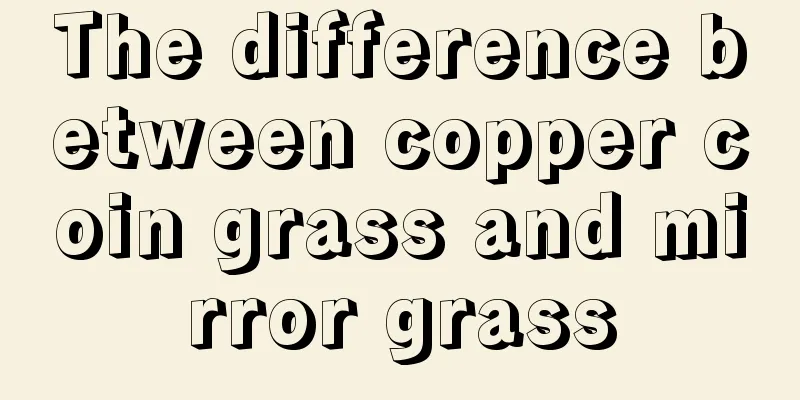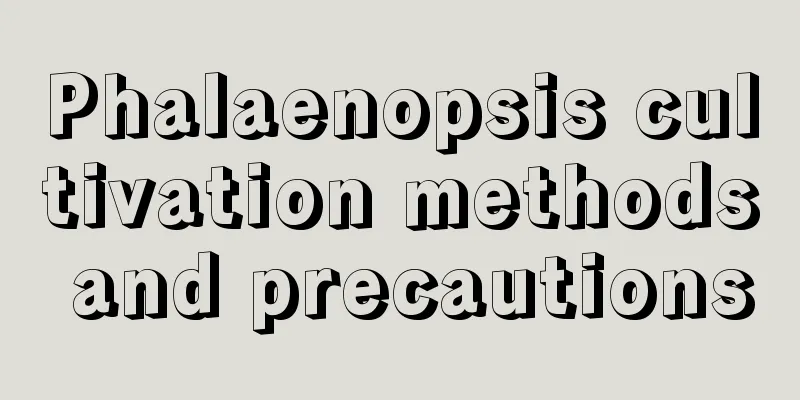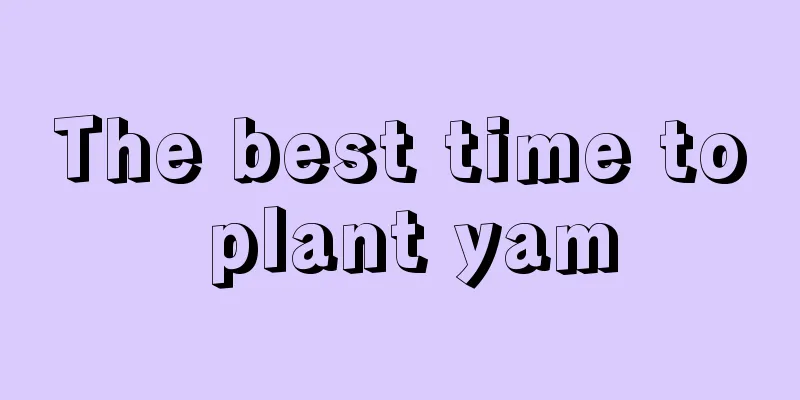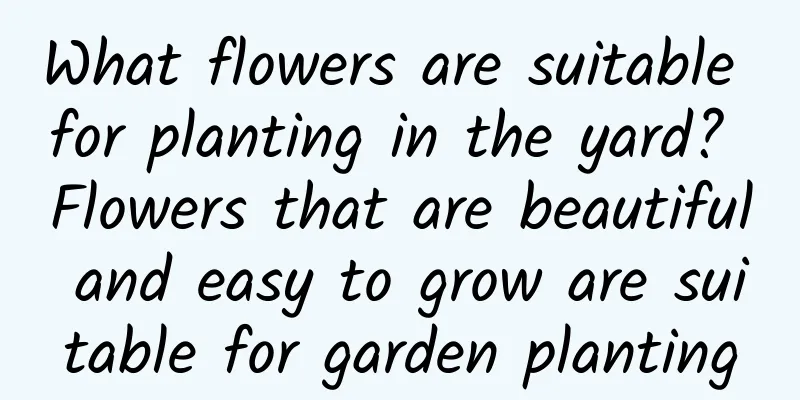The difference between copper coin grass and mirror grass

1. Different appearanceThe stems of the pennywort are thin and long, and the leaves are round shield-shaped. The back is covered with dense T-shaped hairs and the entire edge. However, its leaves are small, with shallowly cracked veins. If you rub them with your hands, they will emit a celery scent. Yellow-green flowers bloom in summer and autumn. Mirror grass is a perennial succulent herb with dark green leaves that are plump and shiny. Its round and plump appearance is very attractive. There is a golden round dot at the junction of the petiole. The veins naturally radiate from the center to the surrounding areas. From a distance, it looks like an ancient mirror. 2. Different growth environmentsThe pennywort prefers a humid environment and can survive both in water and on land. It mostly grows in wetlands or in artificially maintained aquariums. It is not suitable to grow in direct sunlight, and its need for sunlight can be met in semi-sunlight or shade. Mirror grass is suitable for growing in a warm and humid environment. It likes loose, well-drained loam rich in organic matter. It can only survive in semi-shaded soil, unlike pennywort which can grow both in water and on land. Its growth temperature is between sixteen and twenty degrees Celsius. If it is lower than minus four degrees Celsius, chilling damage will occur. 3. Different valuesThe pennywort is non-toxic and the whole leaf can be used as medicine. It has the effects of clearing heat and promoting diuresis, clearing away heat and detoxifying, and reducing swelling. It can also be used for damp-heat jaundice, heatstroke diarrhea, sand and blood stranguria, carbuncles, sores, and bruises. Mirror grass is not only an ornamental flower, but also has extremely high medicinal value. Its properties are "sweet and bitter" and "cool in nature". It can be used as a raw material for clearing away heat and detoxifying, removing blood stasis and reducing swelling. It is mainly used to treat erysipelas and is also significantly helpful for the recovery of fractures. |
<<: How to grow succulent mung beans
>>: Are coin grass and mushroom grass the same plant?
Recommend
When is the best time to plant baby's breath?
If you often buy bouquets in flower shops, you wi...
What is golden wheat beard and what are its effects and functions
1. What is Golden wheat silk refers to corn silk,...
What flowers bloom on New Year's Day?
1. Plum Blossom When talking about flowers that b...
When the green ivy is tied up with a rope, its leaves grow as big as A4 paper and cover the wall in one month!
Make a green radish column with leaves as big as ...
Can fragrant lilies be placed in the bedroom?
1. No poison The flowering period of fragrant lil...
The growing environment and local conditions of walnut trees
Walnut Tree Growth Environment and Conditions Wal...
How to make and use lotus fertilizer
Lotus flower fertilizer The commonly used fertili...
How many years does it take for pecans to bear fruit?
Introduction to Pecan Planting Pecans prefer a wa...
How to grow violets
Violet cultivation tools/raw materials Scissors W...
How to plant chestnut seeds
Chestnut seed planting time Chestnut seeds can be...
What is the best month to sow sunflowers (sunflower seed planting method and time)
When to sow sunflowers Generally speaking, the be...
What are the cultivation methods and precautions of pink palm
Pink Palm Introduction Pink Anthurium, also known...
Is it better to spread or bury compound fertilizer? (Is it better to spread or bury compound fertilizer?)
Should compound fertilizer be spread or buried? I...
Ginkgo propagation method
Seed propagation of Ginkgo Ginkgo seeds are harve...
What is the best month to plant garlic?
When to plant garlic Garlic is mostly sown and pr...









